On Friday, as the time of the screening approached, I was thankful to see the room fill up to capacity. Barbara said we used every chair in the building- I am guesstimating the crowd was over 100. During the film the audience was silent except for laughs and a few gasps at unknown information. While the film screened I was able to enjoy it sitting near several friends and my mother. We both became a little teary eyed during some scenes about Connie and I think realizing how the film was finally coming home.
After the screening I said some words that I prepared and felt that I had finally been able to convey how the issues of this story stem across so many types of social justice and the pursuit of equal rights. I shared my empathy for everyone involved in this incident.
After I spoke, I was thankful to have the chance to talk and meet with one of Cookie's relatives and to hear that he approved of how I represented Cookie. We spoke about locating a screening in Meacham Park. I told him I thought he was brave for showing up and not knowing how I would represent Cookie.
Then we began to break into small groups and I watched the facilitators dive into discussions. Moving from group to group, I got to hear bits of the conversation and was satisfied that people stuck around and were willing to speak from their heart about race, Kirkwood, politics, involvement, and moving on. The screening went late into the night. As we regrouped following the conversation, I had many people come up and speak with me, thanking me for my work. Back as a large group, we shared community resources and upcoming events. I felt a sense of connection and community being in that large room with many like-minded people. Emily Hemeyer helped close out the meeting as we joined hands and sang, "Let there be Peace on Earth".
Celebrating the screening at the end of the night, I felt a sense of peace. No Matter what happens with this film next, I was satisfied to know that I had shown it at the place it needed to be screened most and I was accepted in the community at the same time.
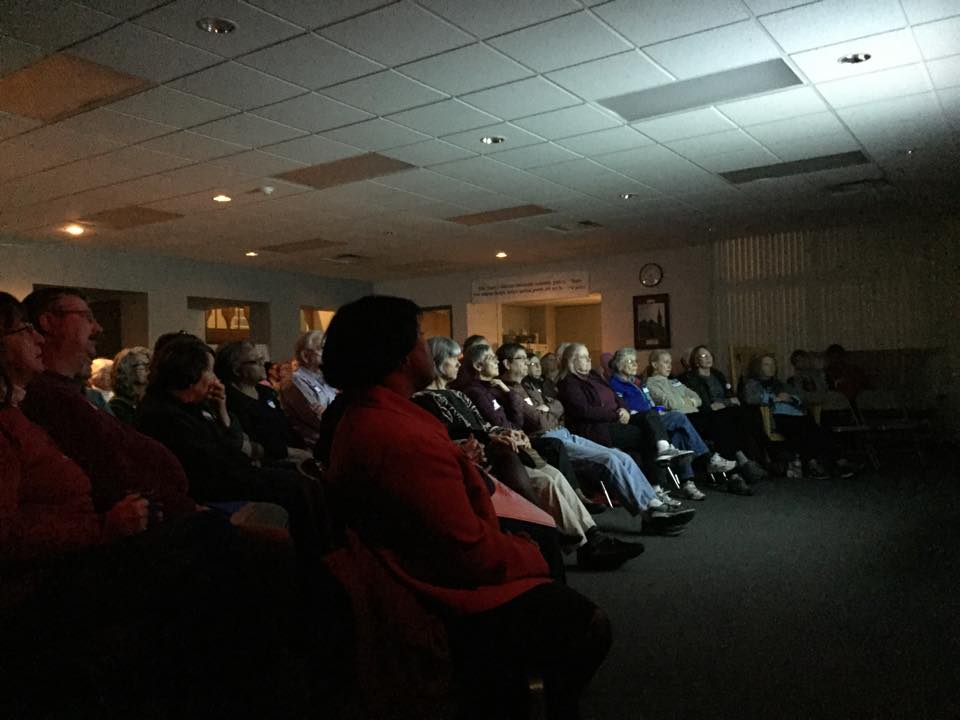
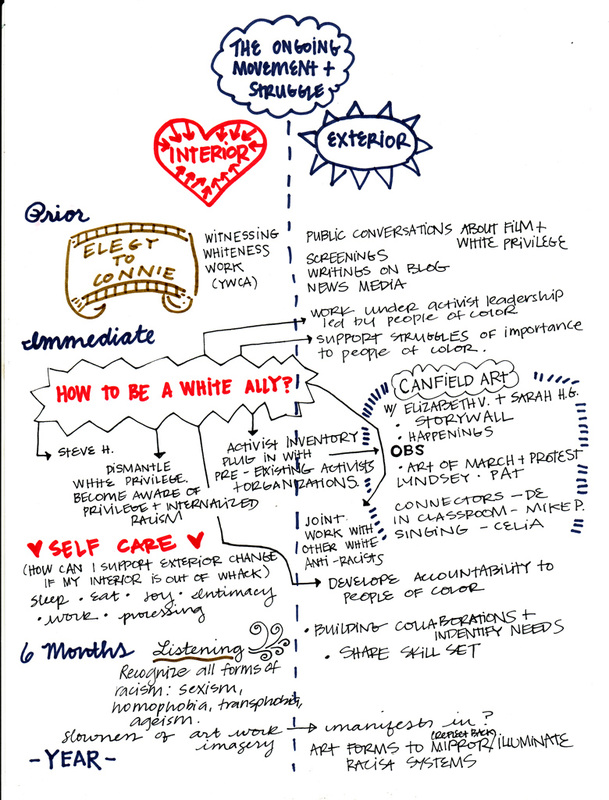
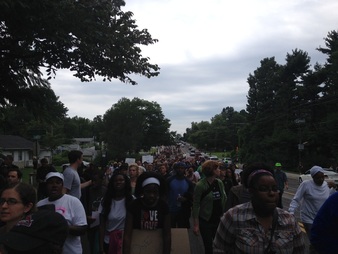
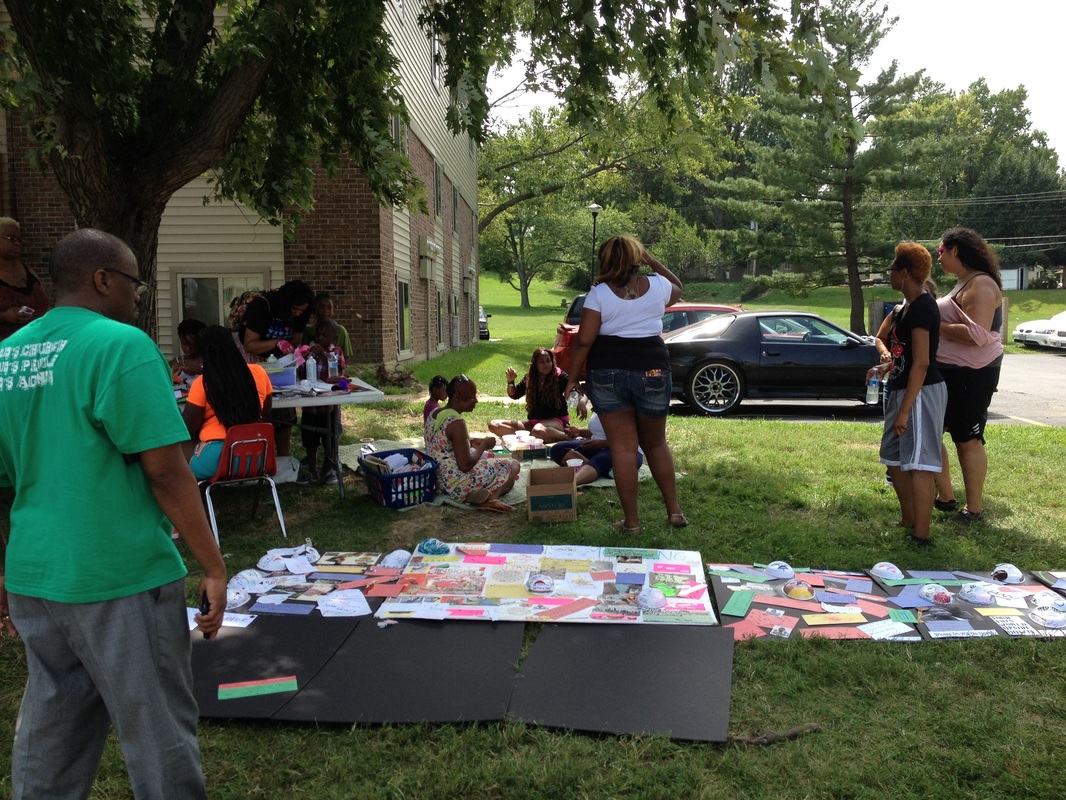
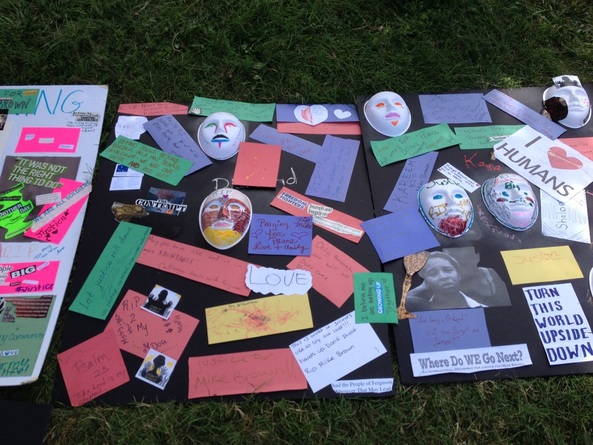

 RSS Feed
RSS Feed
